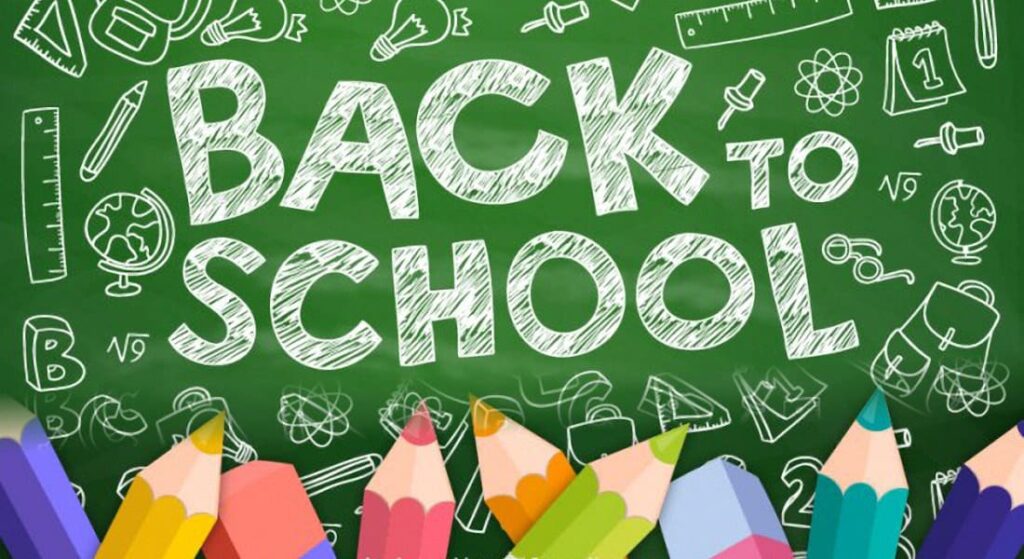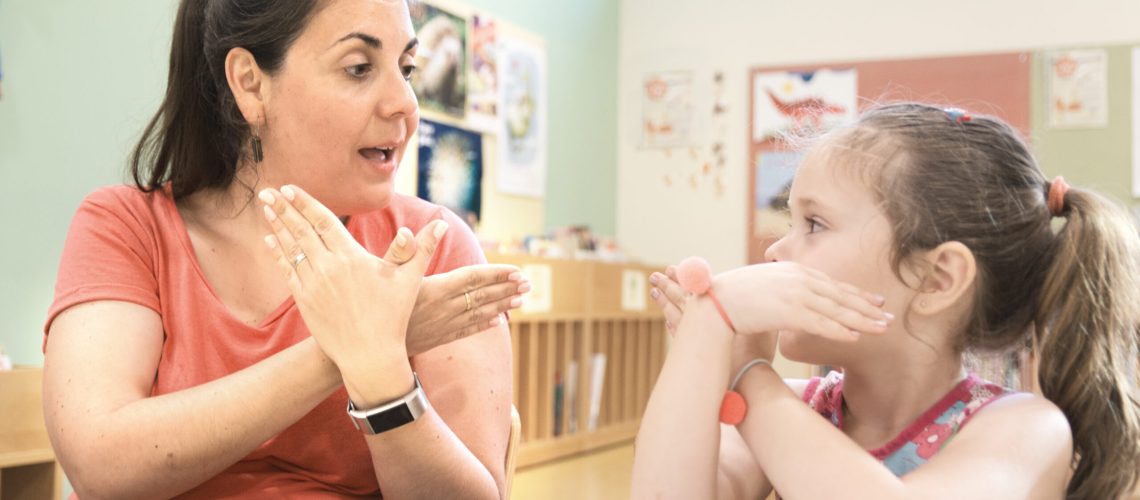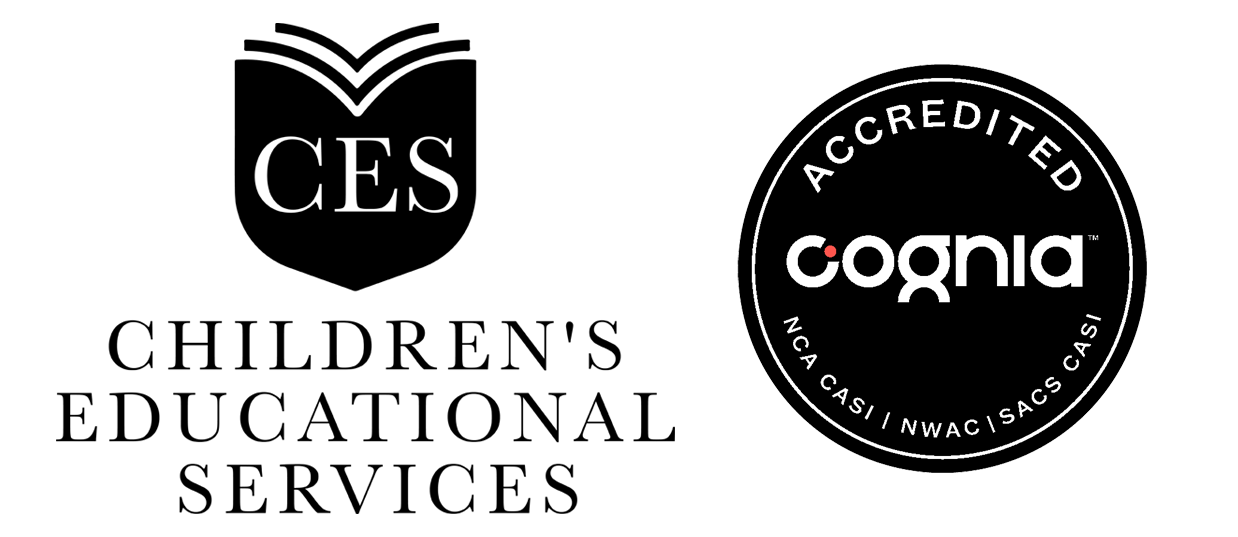
1. Ease the Transition
Prior to the first day of school, spend some time on the school campus. This includes playing on the playground, finding your child’s classroom(s), as well as attending any events organized by the school. This is especially important for students on a new campus, and can help associate the school with positive memories and decrease stress prior to the first day. Easing into school routines is also helpful: this may include altering wake up times, reviewing bus protocols, or practicing locker combinations. Some students may also benefit from using a social story to help them predict what to expect at a new school or classroom.
2. Reach Out to Your Child’s Teacher
The beginning of the year is a hectic time for all, and it can be helpful to reach out to your child’s teacher with a few critical points about your child with an IEP. This includes what works well for them, triggers to avoid, as well as the current accommodations/modifications outlined in the IEP. Having this discussion early on will open up the conversation to ensure that all of your child’s needs are being met through the current IEP, and will help you identify, in a timely manner, if an amendment is needed. This is also a great time to discuss how communication will be relayed throughout the school year. Many schools also get IEP dates in the books at the beginning of the year, so it may be appropriate to ask when your child’s meeting is scheduled for so you can plan appropriately.
3. Organize Your Paperwork
Having a system to organize your child’s IEP paperwork is a very helpful way to keep track of it all. Use a binder with tabs, separating documents into categories, with the most recent reports first. Categories may include; Current IEP, Goals, Psychological/educational reports, Behavior Intervention Plan (and any documentation of behavioral issues), Progress (report cards, progress towards goals), as well as a Communication Section (emails from teachers, notes home).
4. Get Involved
There are many ways to get involved in school, even as a working parent. In order for your child to feel accepted in the school community, it’s important for parents to also feel accepted and make connections within the school. You may volunteer to get supplies ready for projects, help create a contact list for play dates or parent communication, and/or volunteer your time during the school day. If you feel comfortable on campus, your child will feel more comfortable as well.
5. Schedule a Consultation with an Advocate
Getting a professional involved to guide you and help ensure that your child’s needs are being met, can be a very powerful resource. An advocate can assist you to get your voice heard, and especially when combined with a collaborative approach, can ensure that the school is doing all they can to help your child succeed.
Source: Arnold Advocacy


